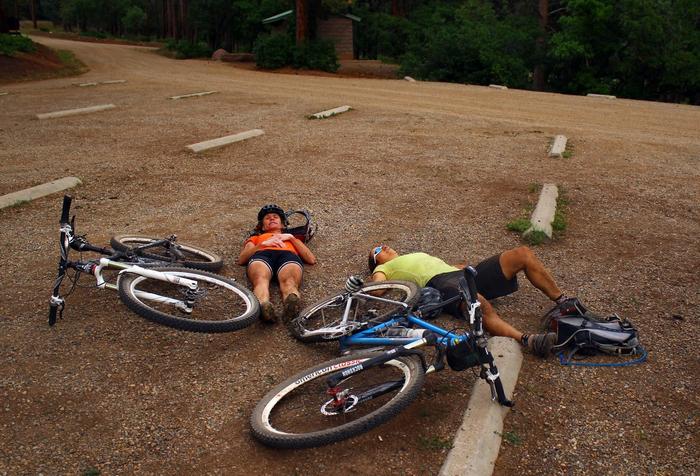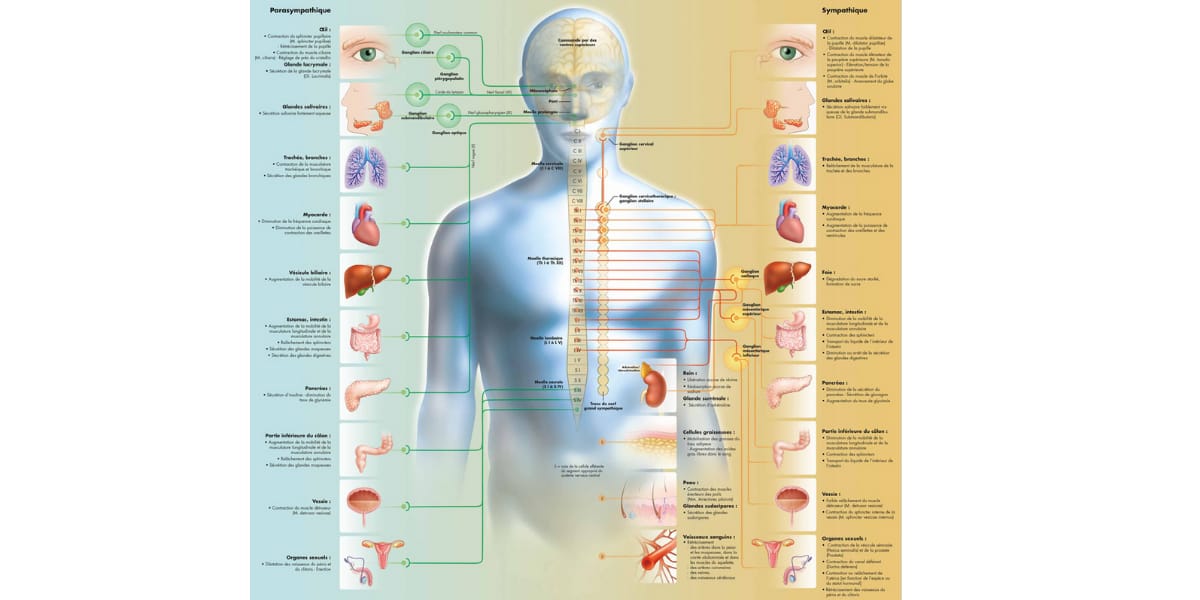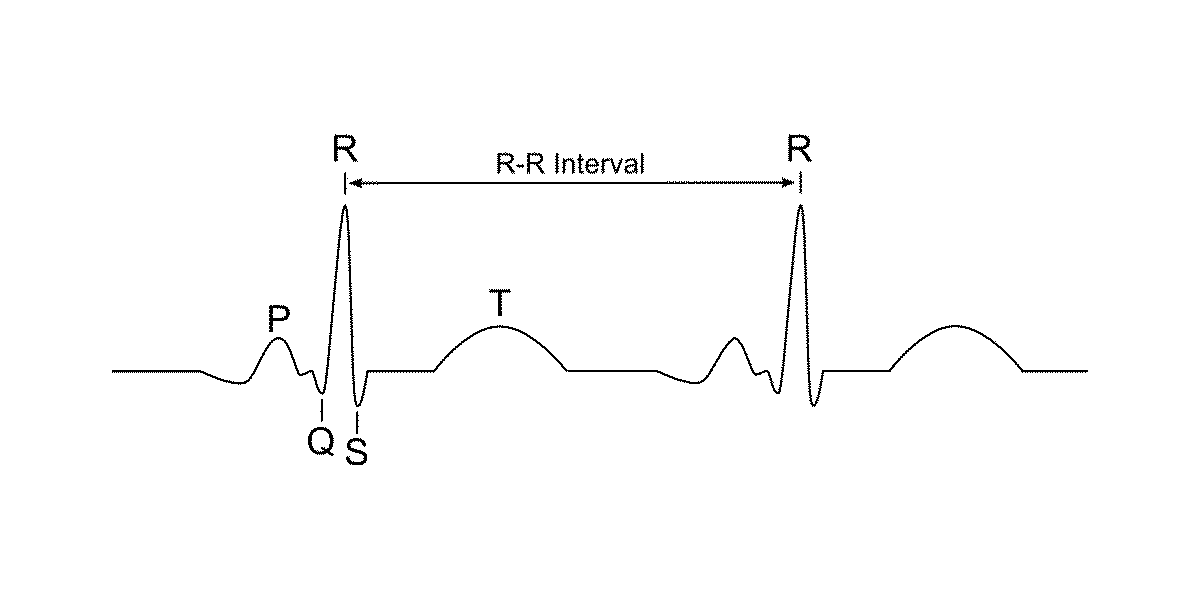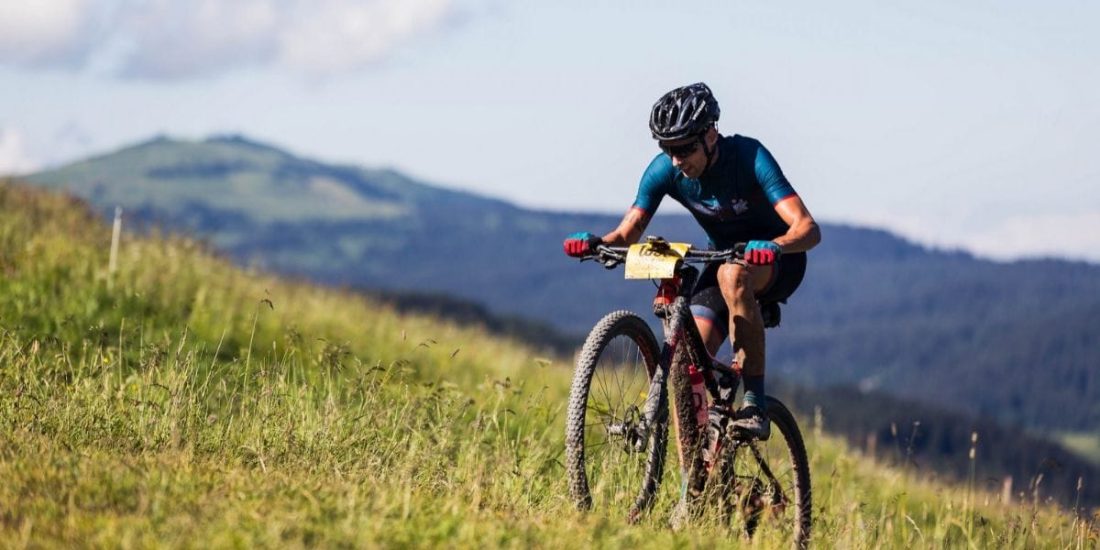
Avoiding Mountain Biking Fatigue
Content
For effective and successful mountain biking training, you need to be able to distribute stress and recovery moments according to the work being performed.
Exercise fatigue
There are several types of fatigue. However, they are still difficult to identify due to their multitude of symptoms. Fatigue, in addition to the reason associated with an inappropriate training load, can be a consequence of other factors: psychological, nutritional, inflammatory, painful, seasonal, menstrual ...
Different types of fatigue
There are two types of fatigue:
- Fatigue requiring several weeks of recovery due to "overtraining".
- The so-called "transient" fatigue, necessary to increase physiological capacity, simply requires several hours or several days of recovery.
Overtraining
The overtraining situation is paradoxical. Due to the duration of the necessary recovery, this causes a lack of training for the mountain biker and, as a result, a sharp drop in his physiological capabilities. Consequently, over a long period of time, the level of performance drops.
Fatigue Analysis
Several research methods are available to trace the evolution of fatigue. We will keep a measure of fatigue by neurovegetative activity based on cardiac variability. This measurement allows non-invasive assessment of the activity of the autonomic nervous system by calculating heart rate variability (HRV).
Heart rate variability

Heart rate variability (HRV) is the change in the length of the interval between each heartbeat. HRV is higher or lower depending on the individual and is often correlated with the level of heart health. Some fairly accurate heart rate monitors (see our article) can record the time between two heartbeats (this is called the RR interval).
For example, for a heart rate of 60 beats per minute (beats per minute), this means that the heart beats (on average) 1 time per second. However, by observing closely, we see that the period of the beats will change over the course of the measure.
The greater the variability in heart rate at rest, the more physically prepared the object is.
HRV depends on several factors:
- age
- Body position (standing, sitting or lying)
- Time
- Form state
- Наследственность
Thus, measuring HRV is a good way to optimize periods of training and recovery, as it allows you to identify periods of form or fatigue.
Nervous system and HRV
The heartbeat is unconscious and is regulated by the autonomic or autonomic nervous system.
The sympathetic and parasympathetic nervous systems make up the autonomic (or autonomic) nervous system, which regulates all processes in the body that occur automatically, such as blood circulation (heart rate, blood pressure), respiration, digestion, maintaining temperature (sweat ...) ...
Due to their opposite actions, they control the activities of several organs and functions.
Sympathetic nervous system
The activation of the sympathetic nervous system prepares the body for action. In response to stress, it controls the so-called fight-or-flight response, which causes bronchial dilation, acceleration of heart and respiratory activity, increased blood pressure, dilated pupils, and increased blood pressure. Sweating, decreased digestive activity ...
This system is associated with the activity of two neurotransmitters: norepinephrine and adrenaline.
Parasympathetic nervous system
On the other hand, the activation of the parasympathetic nervous system corresponds to a relaxation response. This causes a general slowdown in body functions. The heart rate and respiratory activity decrease, and blood pressure decreases.
This system is linked to the neurotransmitter acetylcholine.

Influence of the nervous system on heart rate variability
On the one hand, the sympathetic system speeds up the body's work, increases heart rate and decreases HRV.
On the other hand, the parasympathetic system relaxes the body, lowers the heart rate, and increases HRV.
When standing up, the parasympathetic system dominates, the heart rate is minimal, and the HRV is maximal. If the subject is tired, sick, the sympathetic system will react to stress, the heart rate will be higher than normal, and the HRV will be lower. In this case, it will be necessary to reduce the training load.
Using heart rate variation
Heart rate should be measured in the morning for 3 minutes at rest. Some protocols are performed for only 3 minutes lying down, while others suggest staying 3 minutes lying down followed by 3 minutes standing. The most accurate way to measure RR intervals is to use an electrocardiogram (ECG), the measuring devices used by cardiologists, but some smartwatch models analyze HRV natively. Heart rate variability is a metric that needs to be monitored over time. To measure it without going to the cardiologist every morning, you need a cardio belt. It will not work with a cardio-optical sensor that does not directly capture heart activity. It is best to measure it every day at the same time, ideally in the morning immediately after waking up. The goal is to measure the physical condition of the body, so avoid measuring immediately after a workout. Then the idea is to be in the same conditions every time so that you can then compare the results from one day to the next. Of course, the difficulty is to force yourself to perform daily tests.
An app like Elite HRV can remind you to do a test: put on your cardio belt, launch the app and start the test.

For each HRV test, you will get a value called the RMSSD (root mean square value of successive differences): the root mean square value of successive differences in heart rate. This value will help you determine the level of fluctuations in your heart rate and determine if the beats are very regular or include significant fluctuations.
By observing evolution 3 or 4 times a week, or even daily for a long period of time, it allows one to establish a profile and visualize changes in shape.
- If the RMSSD is much lower than normal and the body is under stress, then rest should be considered.
- If the RMSSD is much higher than usual, it is often a sign of fatigue.
The resumption of learning can occur after the RMSSD returns to nominal value.
Mountain Biker Tracking with VFC

VFC makes it easy to track your rider in training mode. This method is fast, non-invasive, not very restrictive, and provides instant information. This allows the mountain biker to know his profile and better adapt his training load. The VFC measurement is very accurate and allows for the anticipation of fatigue phenomena. This method allows us to be proactive, and we can analyze the effects of positive or negative evolution of training or various influences on the body.
Credit 📸: Amandin Eli - Jeremy Reiller

